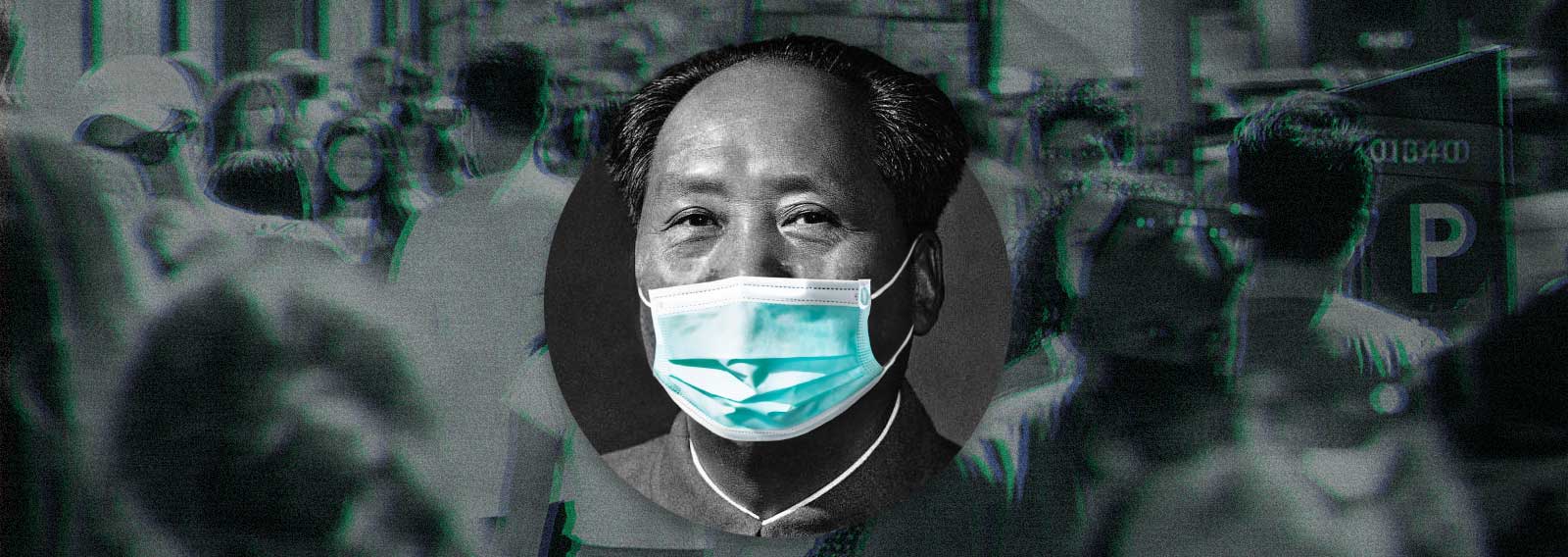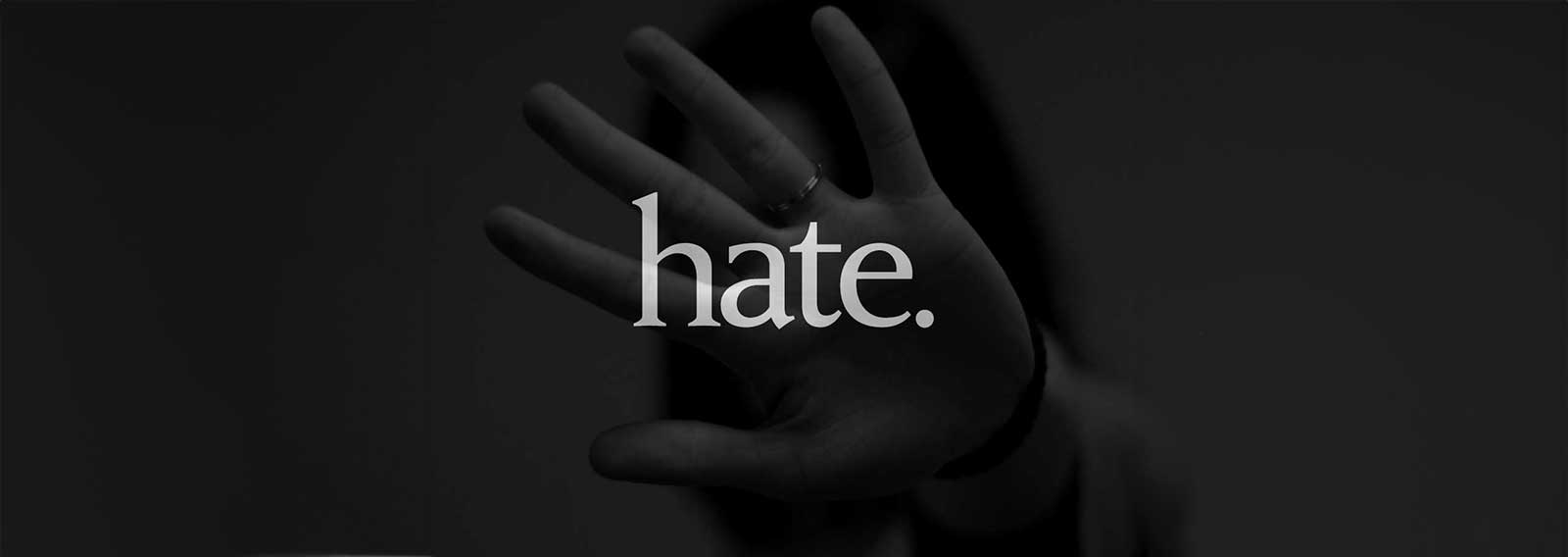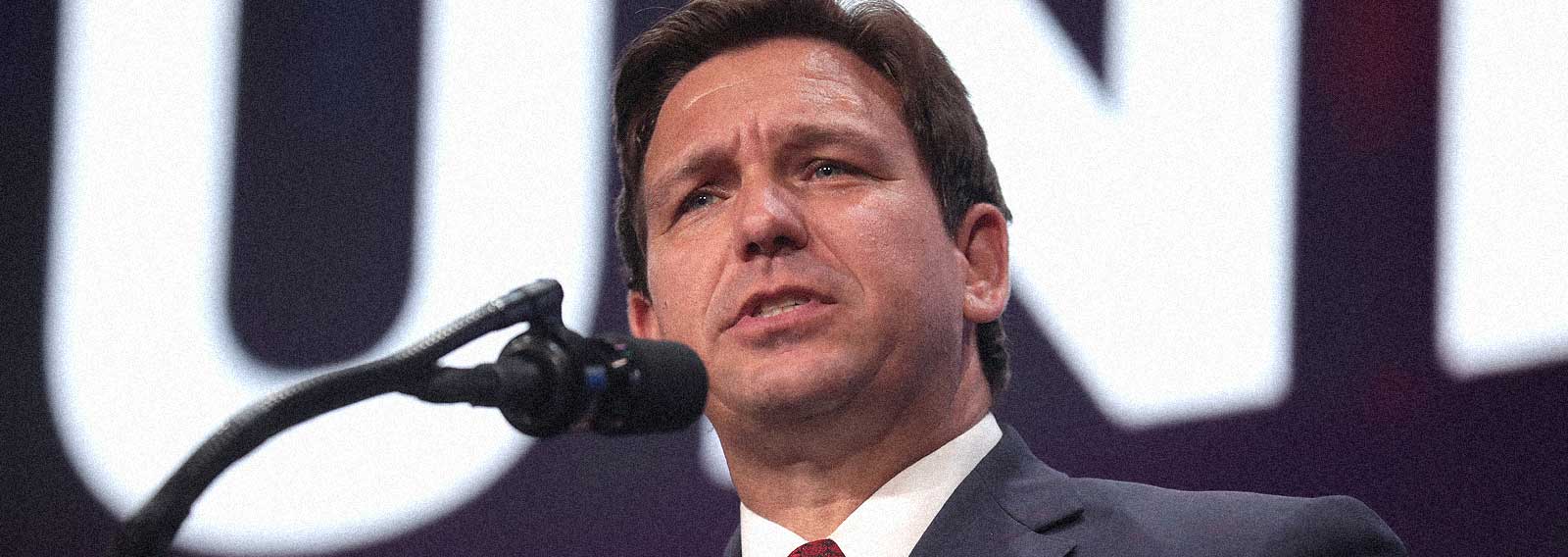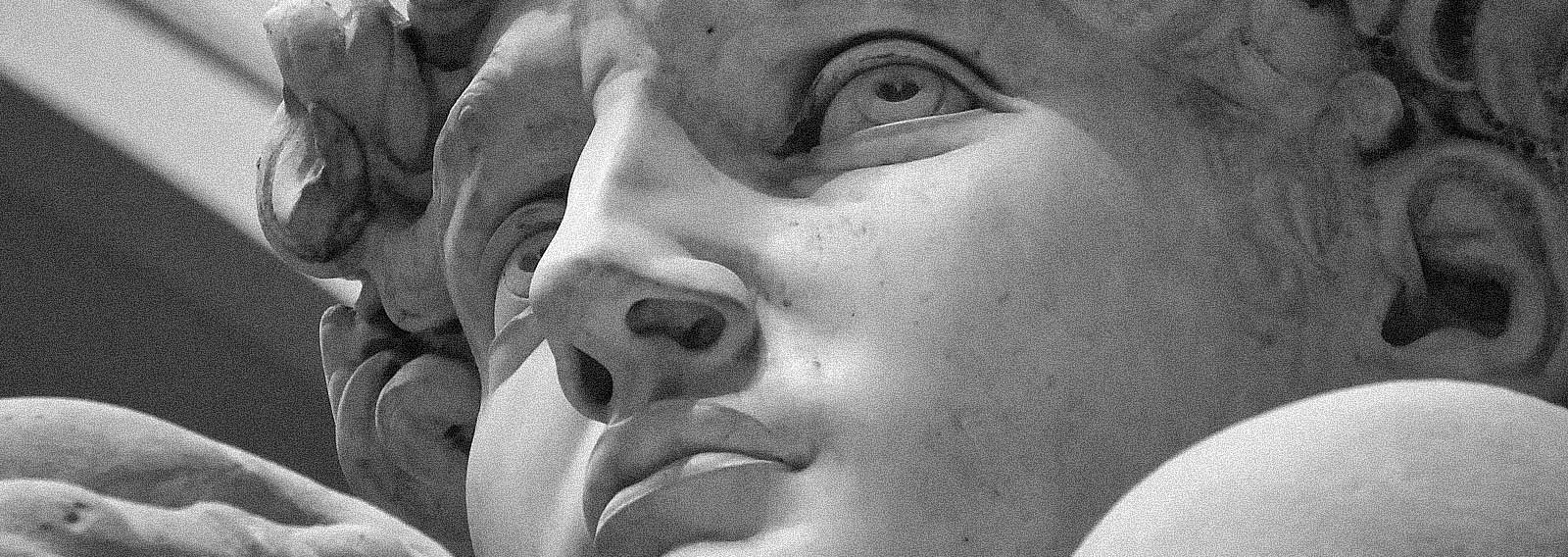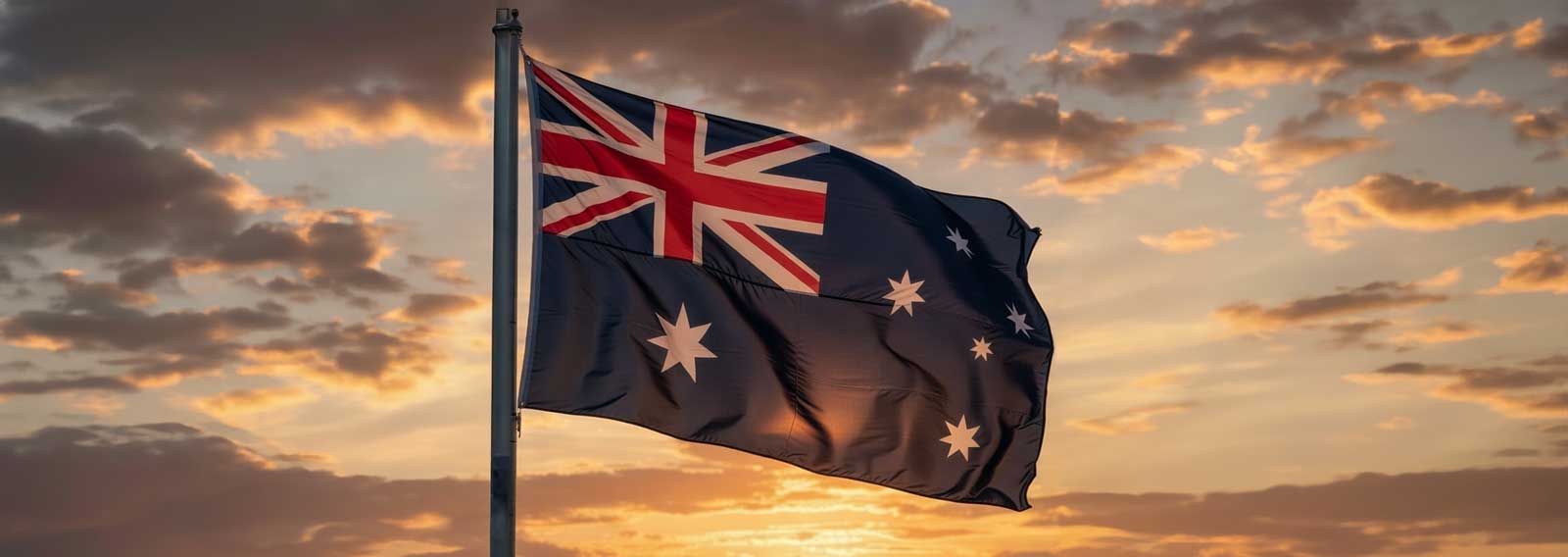Xi Van Fleet, who lived through Mao’s Cultural Revolution has likened COVID mandatory vaccination policy to the Chinese Communist Party (CCP) policy that was designed to weed out dissidents.[1] These CCP policies often manifested practically in the form of struggle sessions targeted toward normal everyday people who wanted to be left alone to live their lives. Struggle sessions were designed to humiliate and gaslight individuals in order to force them to accept the new, albeit, insane reality that had been fabricated by the state. This included endless harassment, interrogations and accusations. Some dissidents on the receiving end felt like they had no future worth living for.[2]
Individuals, especially teachers at the start of the revolution, were humiliated, ostracised and denounced as dissidents. The first question asked in China at the time became, “What is your class background,”[3] a foreshadowing of vaccine segregation. Society was fractured. Dissidents experienced loss of status, dignity, career, and loss of trust in the predictability in human relations as people turned against each other.[4] Many committed suicide due to the torment.[5] There were psychological and economic consequences of being a dissident in Mao’s China. Lives were crushed in the unrelenting gears of the state.
Frank Dikotter in his book ‘The cultural revolution: a people’s history, 1962-76’ writes the following about the nascent culture under Mao,
“There must have been many ordinary people who were crushed by the relentless pressure to conform, just as there were true believers or pure opportunists who enthusiastically followed every twist and turn in official ideology. But some people developed two minds or two souls, one for public view, the other strictly private, to be shared with trusted friends and family only. Some were able to move to and from between these two realms, while others sank into apathy and depression, unable to reconcile the projected values of the world around them with their own beliefs.”[6]
It’s no surprise then that CCP-styled COVID policies had similar impacts on those who dissented from the state-approved narrative. A recent article published in the ‘Journal of Psychiatry and Psychiatric Disorders” titled “Economic and Psychosocial Impact of COVID-19 Vaccine Non-Compliance”[7] demonstrates that there were significant economic and psychological effects for COVID dissidents.
Of 369 Queensland health professionals who refused to participate in the mandatory vaccination program:
- 94.4% experienced a reduction in income;
- 92.1% experienced anxiety and depression;
- 34.1% experienced suicidal ideation;
- A loss of 4774.25 years of professional experience through job termination.
These results are unsurprising especially when you consider the thesis of James Lindsay in his seminar “American Maoism.”[8] Lindsay’s thesis being that:
- We are currently in the throes of a Western-styled Maoist cultural revolution (i.e., CRT, DEI, COVID Policies etc.,);
- COVID policies we employed as modern-day struggle sessions toward that revolution. I.e., “We could all be unified if everyone just does what the WHO says… unity under health tyranny.”
Xi Van Fleet also identifies that vaccination status was intentionally used as a Marxist tool to create multiple identities by which to fracture our nations. She writes,
Vaccination status. Vaxxed vs. unvaxxed. The latest, but definitely not the last, divisive tactic to set citizens against one another. People who question the mRNA COVID vaccines and reject to be vaccinated have been treated as threats to humanity. Biden threatened with the following words: “We’ve been patient, but our patience is wearing thin. And your refusal has cost all of us.”[9]
Cultural revolution requires the dismantling of the old world and the removal of dissidents who would stand in opposition. We should acknowledge the similarities. Dissident Queensland Health Care workers along with thousands more from diverse sectors, were placed in gruelling termination processes based on vaccination status (A.k.a. Struggle sessions), with the resultant toll on economic and psychological outcomes. The same outcome as Mao’s cultural revolution.
As a Pastor, I personally witnessed members of my congregation put through grueling termination procedures. Men and women desperately trying to maintain their employment simply to support their families, but who had health, ethical or religious concerns about the vaccine and its rollout. The religious exemptions that I wrote were refused, all attempts at reason were disregarded, and despondency set in. One couple, both in the healthcare industry, were required to wear full PPE when no one else was required to, signalling them out as dissidents. They were taken aside constantly by doctors who berated them for their decisions. They were kicked out of their healthcare-owned house a week before Christmas.
The journal article concludes:
Public trust in our major health, political and media institutions has been profoundly damaged. Penalising employees for vaccine rejection is neither the most effective nor fair way to improve vaccination rates when it brings significant psychosocial and economic risks for the most vulnerable. The disciplinary processes have been carried out remotely by delegated executives without due regard for potential economic or psychosocial harm…
The economic and psychosocial devastation of individuals who exercised their medical freedom to not comply with this government vaccine mandate could ultimately have intergenerational consequences beyond those revealed in this study and will certainly be of interest to the world of psychology for years to come.
It should also be noted, from the perspective of Xi Van Fleet, and James Lindsay, both who are incredibly cognizant of Maoist tactics, that those who facilitated gruelling termination processes, unwittingly participated in state-sanctioned struggle sessions.
Frank Dikotter, summarises the intent of the pressure that was applied to Mao’s China,
The point of these purges was not physically to eliminate the regime’s enemies, whether real or imagined, but to intimidate the greatest number of people possible. The objective was to produce a docile population by transforming almost every act and every utterance into a potential crime.
A practical application is therefore this:
First, we should know what time it is. There are people in this world of a certain ideology, and they are attempting to gain ground. The tools they are employing to dismantle society and rebuild, are not new tools, but have been used before. Divide, class struggle, eliminate opponents and once the former hegemony has been dismantled, build a new world.
Second, we should be aware that the tools that are employed in this endeavour, cause significant harm. And that is the intention, eliminate enemies! In Mao’s China, some were resilient, but many more gave themselves over to despair, hopelessness and even suicide. Empathise with those who have been broken in the cogs of the state for nothing more than wanting to live a normal life and be left alone. A user on X who shared the article regarding economic and psychological effects on health care workers wrote,
I think many of us have PTSD over social segregation, job loss, media vilification & rejection from loved ones in the name of dodgy pharmaceutical experiments.
Who wouldn’t?
Watching the compliance with jab slave passes in exchange for ‘freedom’ was a dystopian horror movie.[10]
I witnessed it, I feel the same way!
Third, don’t participate in class struggle. Cultural revolution requires that society be fractured, whether by race, identity, sexuality or medical classification. The healthcare workers I knew were radiographers. In the scans they took, they personally witnessed increased levels of heart problems after the vaccine rollout, yet they were ostracised and labeled ‘conspiracy theorists’ for refusing a vaccine. Division is a vital ingredient to cultural revolution.
[1] https://twitter.com/XVanFleet/status/1752461384359481848
[2] Dikotter, F. (2016). The cultural revolution : a people’s history, 1962-76. Bloomsbury. P, 302-303.
[3] Ibid., 145-146
[4] Thurston, A. (1987) Enemies of the People. Knopf. P, 208-209.
[5]Dikotter, F. (2016). The cultural revolution : a people’s history, 1962-76. Bloomsbury. P, 96-97.
[6] Ibid., 359-360
[7] https://www.fortunejournals.com/articles/economic-and-psychosocial-impact-of-covid19.pdf
[8] https://www.youtube.com/watch?v=wk5Yv2HdJ6w
[9] Fleet, X, V. (2023). Mao’s America. Center Sreet. P, 101-102.
[10] https://twitter.com/unmasking_media/status/1755403895076253885



